
Apple Announces iPhone 14 Event For September 7
Get your calendars and wallets ready. In its next big hardware event, Apple will likely unveil the iPhone 14, iPad 10th Gen, and more on Wednesday, September 7. Earlier this week, Apple sent out the official invites. The Black Apple logo with lights outlines the invite. A tagline, ‘Far out, is added to the logo, identifying the gathering’s name.
It’s great to have the September 7 date confirmed after the rumor mill hinted at it previously. This latest Apple event is also pushed earlier than previous September events. On September 14, 2021, the iPhone 13 event took place, and on September 10, 2019, the iPhone 11 event took place. 2020’s iPhone 12 launch was pushed back to October after being scheduled for September.
I find it interesting that Apple will host this event on September 7. As rumor had it, this latest event would occur on September 7. This new Apple event is also earlier than previous September events. On September 10, 2019, the iPhone 11 event occurred a day after the iPhone 13 event in 2021. iPhone 12’s event was pushed back to October 2020, later than usual.
On September 7, Apple will host an interesting gathering. How do we expect things to turn out? The iPhone 14 series, including the iPhone 14, iPhone 14 Max (to replace the Mini), iPhone 14 Pro, and iPhone 14 Pro Max, will appear. In place of the notch, the rumor is that two hole-punch cutouts will replace it on the Pro models.
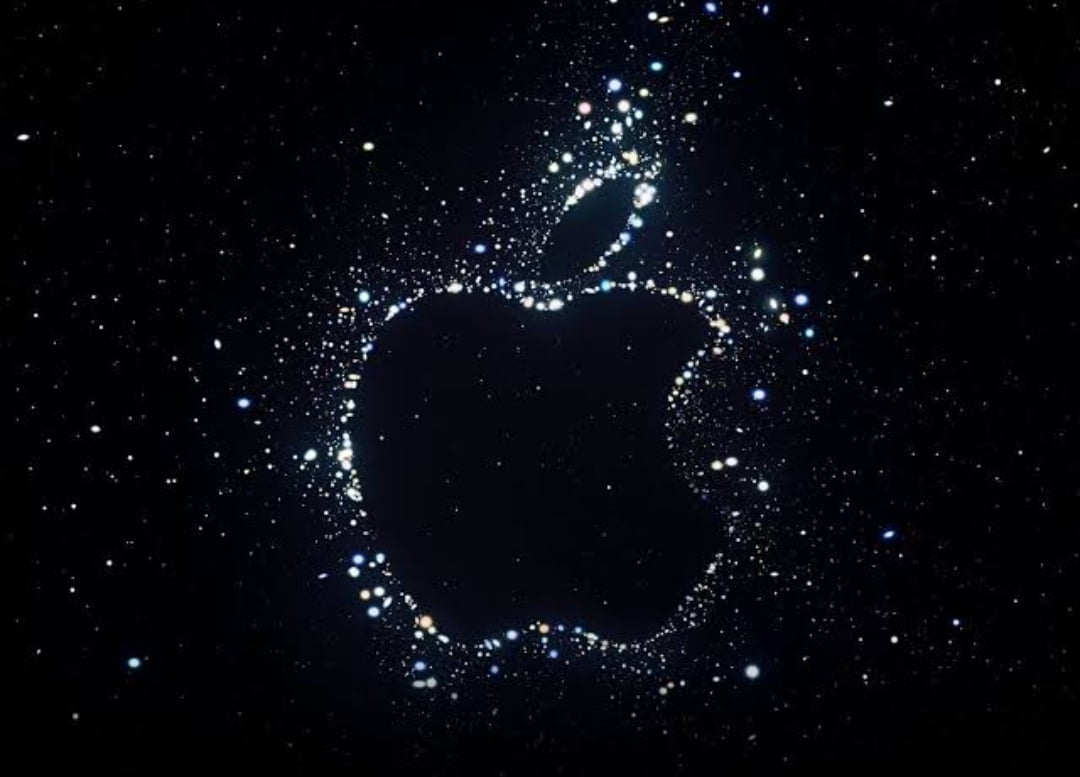
We should also see upgraded camera sensors, a new A16 chip, and an always-on display. September 7 should bring new iPhones and the Apple Watch Series 8. There is no word yet on what Apple’s newest wearable will look like, but it may feature the same health features as the Series 7 and possibly longer battery life.
Apple Watch Series 8 will be joined by a rugged Apple Watch Pro and Apple Watch SE 2, along with the standard Series 8. It doesn’t end there! In addition to AirPods Pro 2, Apple may reveal a 10th Gen baseline iPad, possibly with a long-awaited redesign, and a new iPad Pro M2.
Apple’s iPhone 2022: What We Know
While the iPhone 14 is expected to launch late in 2022, rumors of it began before the iPhone 13 had even been released. We have heard little bits, but these will likely evolve over the next year. There is still a chance that things will change before the launch, such as the ongoing pandemic and a chip shortage, so take all this with a grain of salt. The iPhone 14 series is all we know so far.
Apple has released several iPhone models since the iPhone 5S, and the iPhone 14 is expected to continue that tradition. The 14 may, however, be discarded, unlike the 13 and 12, which both had 5.4-inch models.
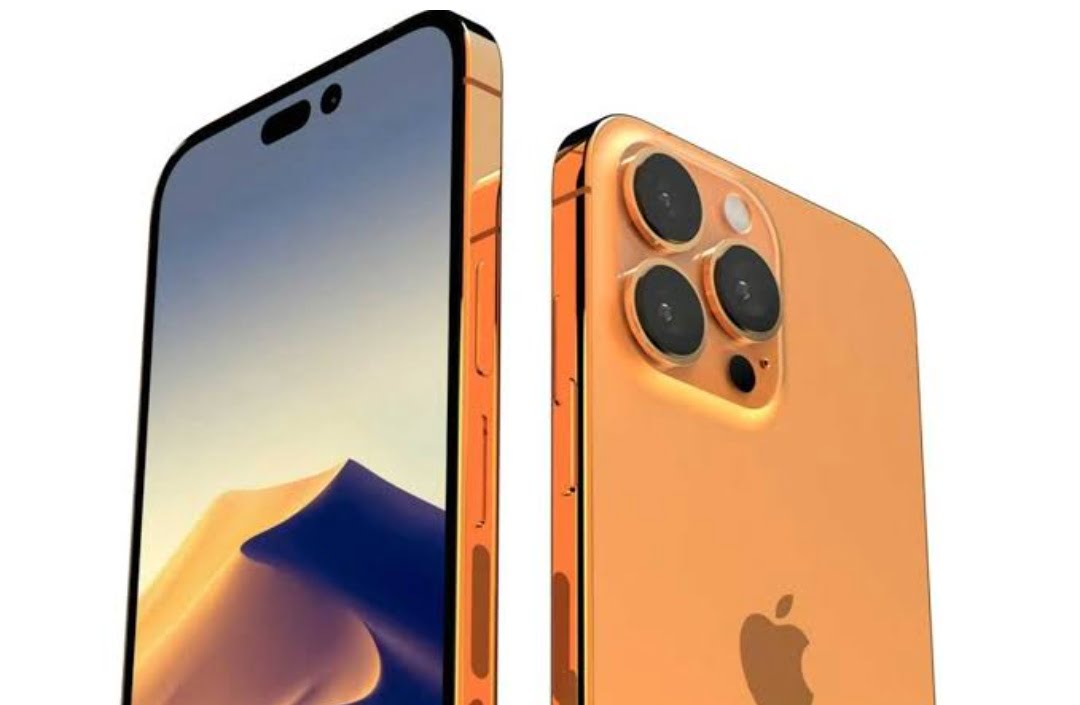
In its place, Apple may introduce a new iPhone 14 Max, a bigger version of the regular iPhone 14 (with 120Hz ProMotion displays like the iPhone Pro). Despite its smaller size, it should offer a bigger screen and a bigger battery, making it perfect for those who want those large-screen iPhone experiences without the higher price tag of the Pro model.
The iPhone 14 is expected to be changed in many ways to improve the quality of life. Apple will likely introduce a new A16 chip to replace the A15 used in the iPhone 13 and iPad Mini, though it’s still unclear what aspect of the iPhone experience the chip will focus on.
For the iPhone 14 Pro and Pro Max, Apple is said to divide the processor between the A16 and A15, while the iPhone 14 and 14 Max will remain with the A15. It is expected that Apple will pack 6GB of RAM into all four devices. Previous reports suggested that the iPhone Pro devices would have 8GB of RAM. According to Apple, all four devices will have 6GB of RAM.
As a result, earlier reports suggested that iPhone Pro devices would ship with 8GB of RAM. According to Apple, all four devices will have 6GB of RAM. The 8GB RAM of the iPhone Pro devices contradicts reports that it would be shipped. In terms of RAM, Apple often lags far behind rivals, instead relying on iOS’s optimization to run apps efficiently.
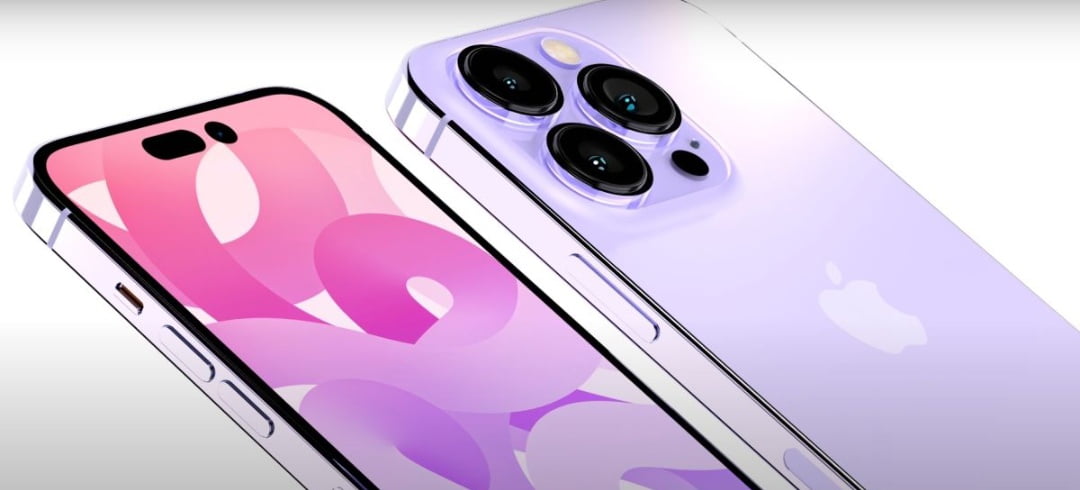
While the RAM on the iPhone 14 would not be as much as the 4GB on the iPhone 13, it would still result in some performance improvements. In addition, TSMC’s 5G RF chip may offer higher energy efficiency than Samsung’s in the iPhone 14 (or 14 Pro).
Display, Design & Cameras
The iPhone 14 and 14 Max will also include the ProMotion display found on the iPhone 13 Pro. Instead of just the most expensive phones, all of Apple’s flagship lines will support 90Hz or higher. Also rumored is Apple’s first iPhone with an always-on display.
With an Always On Display, Apple will likely use LTPO panels that can drop down to 1Hz refresh rates. Apple plans to introduce an always-on display in the iPhone 14 and 14 Pro Max. It was originally intended for last year’s iPhone 13 to have an always-on lock screen, which Apple is now building into iOS 16.
As iOS 16 appeared in preview form after WWDC 2022, code for an always-on display was spotted, allowing the iPhone to turn down its frame rate on the lock screen significantly. While preview code doesn’t guarantee a feature will be released, it’s a strong hint.
In the late 2010s, Android phones had always-on displays, and Apple is now catching up. Even so, if it arrives late, it is better than never showing up. This visualization showed how this Always On Display would look on an iPhone 14 Pro or 14 Pro Max in August.
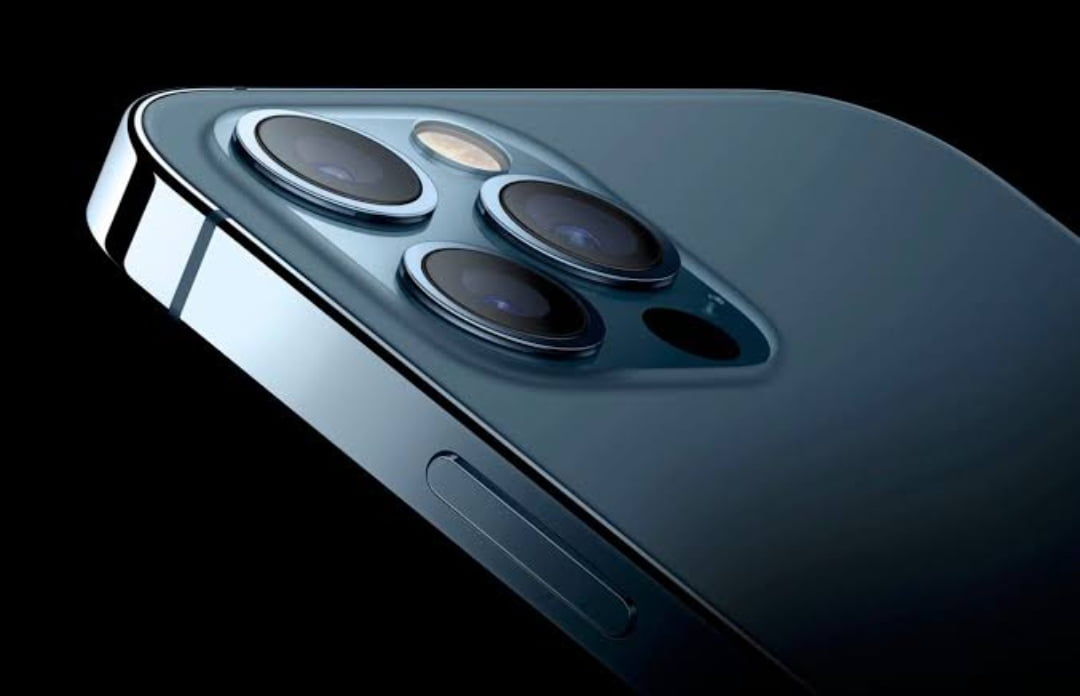
A redesign of the iPhone 14 could change the design Apple has favored for its last four generations of iPhones, or it may simply be the same old look. There is even a possibility of both! Apple will adopt the hole-punch design to make the iPhone more like Android phones.
In this case, would remove the notch, an in-display fingerprint sensor would replace Face ID, or implement an under-display Face ID. It looks like Samsung and LG will supply the iPhone Pro’s displays, but they’ll be exclusive to the Pro.
It would be a visual difference between the iPhone 14 Pro/iPhone 14 Pro Max and older or cheaper iPhones. As a result, Apple’s iPhone 14 Pro is more likely to have a novel design. A few images have been circulating online showing Apple’s notch-less iPhone 14, which are dummy models.
Remember that the iPhone 14 Pro is not a finalized version, so it’s possible it could change. As with the iPhone 12, the iPhone 14 may also feature squared-off edges and elongated buttons, and the rear camera may not have a bump. It is expected that Apple will stop using the notch on iPhone models starting in 2022.
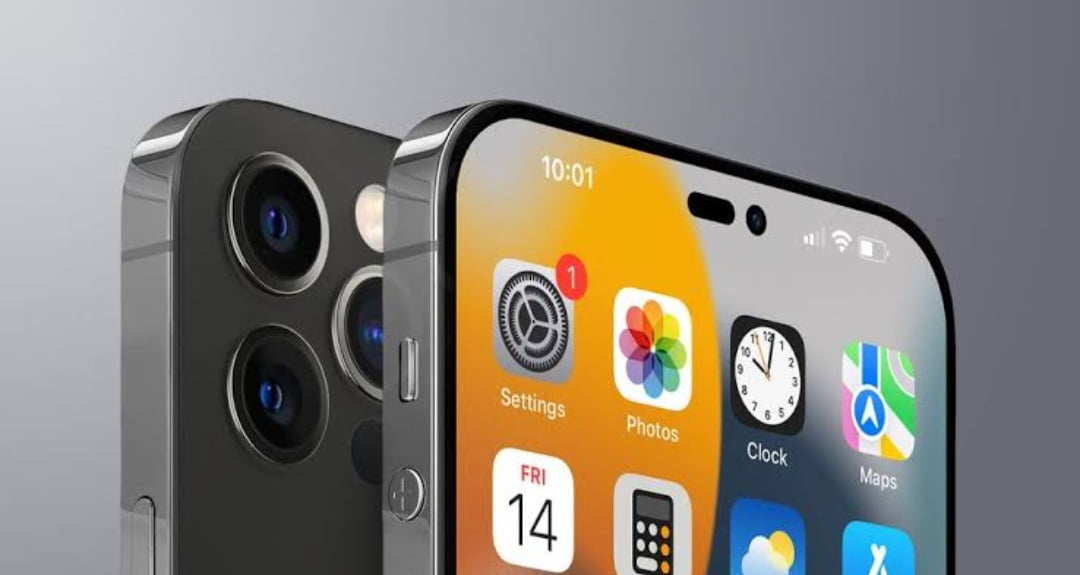
This year’s iPhones will feature a cutout for Face ID. It would have pill-shaped punch holes. Android devices typically have a simple circle shape, making iPhones stand out. Rather than putting a pill and circle cutout together, Apple would use both simultaneously.
There is no precedent for this in modern smartphones, even those with similar aesthetics. Assuming this is true, you won’t mistake the iPhone 14 for another iPhone. Due to the lack of a notch, the 14 Pro and 14 Pro Max would be slightly taller than the iPhone 14 and 14 Max.
In releasing the iPhone X and iPhone 8, Apple released two different-shaped iPhones for the first time. The iPhone 14 is expected to be released in green, purple, blue, black, white, and red, and the iPhone 14 Pro in green, purple, silver, gold, and graphite. If true, it will be the first time an iPhone ‘Pro’ will ship in purple.
The iPhone 14’s color palette is showcased in Asia in a few ‘dummy models’. According to the leaks, the purple color can be seen in many different shades based on how the light hits it. The iPhone 14 may have a 48-megapixel camera. A 48MP main camera would be a huge jump for the company, allowing for tricks such as oversampling, which the Pixel 6 and Galaxy S21 already do.
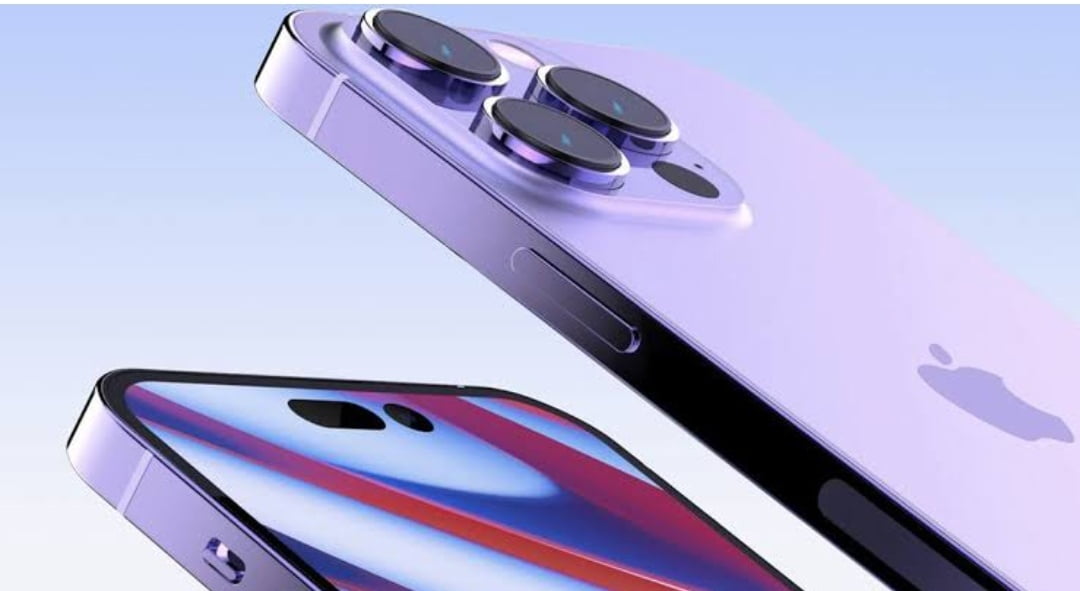
A higher-resolution camera will distinguish the iPhone Pro line from regular iPhones. Thus, the iPhone 14 and 14 Max will have similar 12MP cameras to the iPhone 13. In a sensible, cost-saving move, the Pixel 6a used a smaller-resolution camera, which also preserves value for the more expensive models.
Most users should be fine with the 12MP cameras, and those who want the best cameras should consider the Pro versions. All iPhone models are likely to receive improved front cameras from Apple. Four new iPhone 14 models will likely have AF (autofocus) front cameras (compared to iPhone 13’s fixed-focus and f/2.2).
A lower aperture allows for a better shallow depth-of-field effect. Additionally, AF can increase focus on FaceTime, video calls, and live streams. It was the first time Apple used a six-element lens on its main camera. Increasing the light-capturing capacity of the iPhone’s front camera could result in sharper selfies.
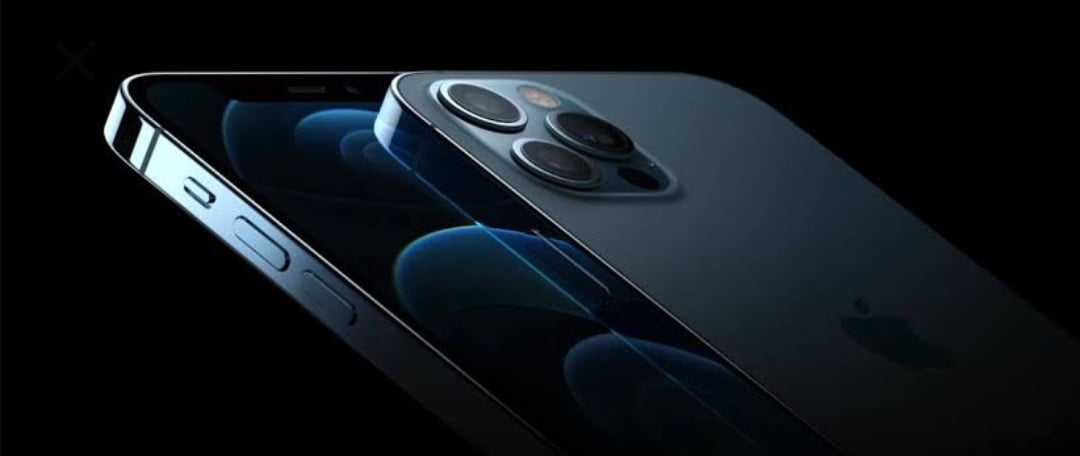
In terms of megapixels, the iPhone still lags behind most Android phones. Apple could soon be a leader in mobile videography with its new iPhone, which could support 8K video. Also, if true, this will likely be limited to the iPhone 14 Pro series. The Snapdragon 8 Gen 1 also features many AI features that enhance smartphone photography, including 8K HDR video recording.
It is now up to Apple to respond with its Bionic chips in-house. Additionally, the iPhone 14 ultrawide camera is rumored to have autofocus support. The iPhone 14 lineup will include this feature, allowing even those who purchase the cheaper iPhones to capture sharper wide-angle shots.
There is a good chance that the iPhone 14 won’t have the periscope camera we see on the Pixel 6 Pro. The iPhone 15 may launch in 2023 with Apple’s periscopic telephoto lens.
iOS 16
With iOS 16, iPhone 14 users will have access to the software that runs the device out of the box. Apple did not highlight anything in this new update, but a lot is packed. A lock screen update and updates to the Messages app are the highlights of the update.
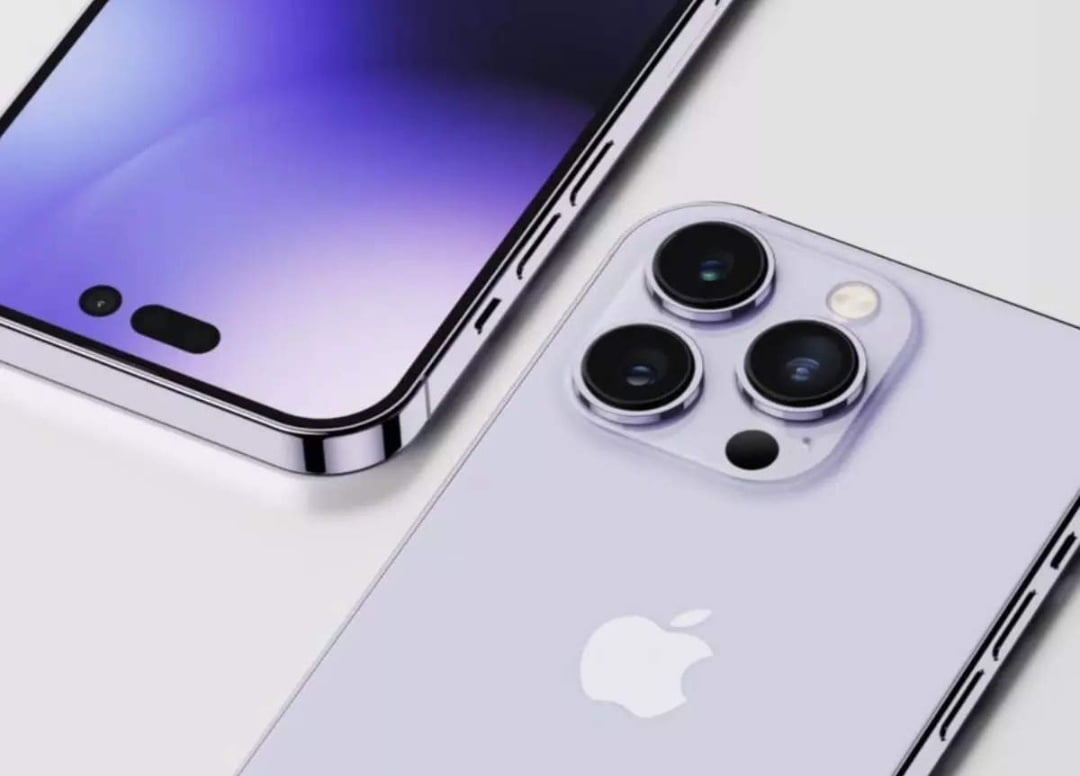
The adjustable focus-mode lock screen themes, interactive widgets, and repositioned notifications will delight iOS users. You can undo messages and edit them after sending them, and Apple’s SMS reaction support will weed out TapBack spam.
As well as updating Mail, Maps, and Safari, Apple adds features from Google’s apps, with added privacy features. The Messages and Photos apps support SharePlay and iCloud Shared Photo Library, respectively. People with visual impairments will find it easier to use an iPhone thanks to features like Live Text.
Edited by Prakriti Arora




